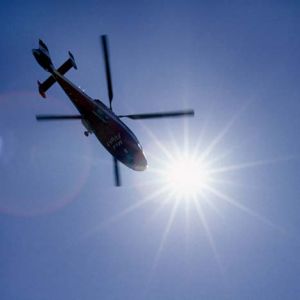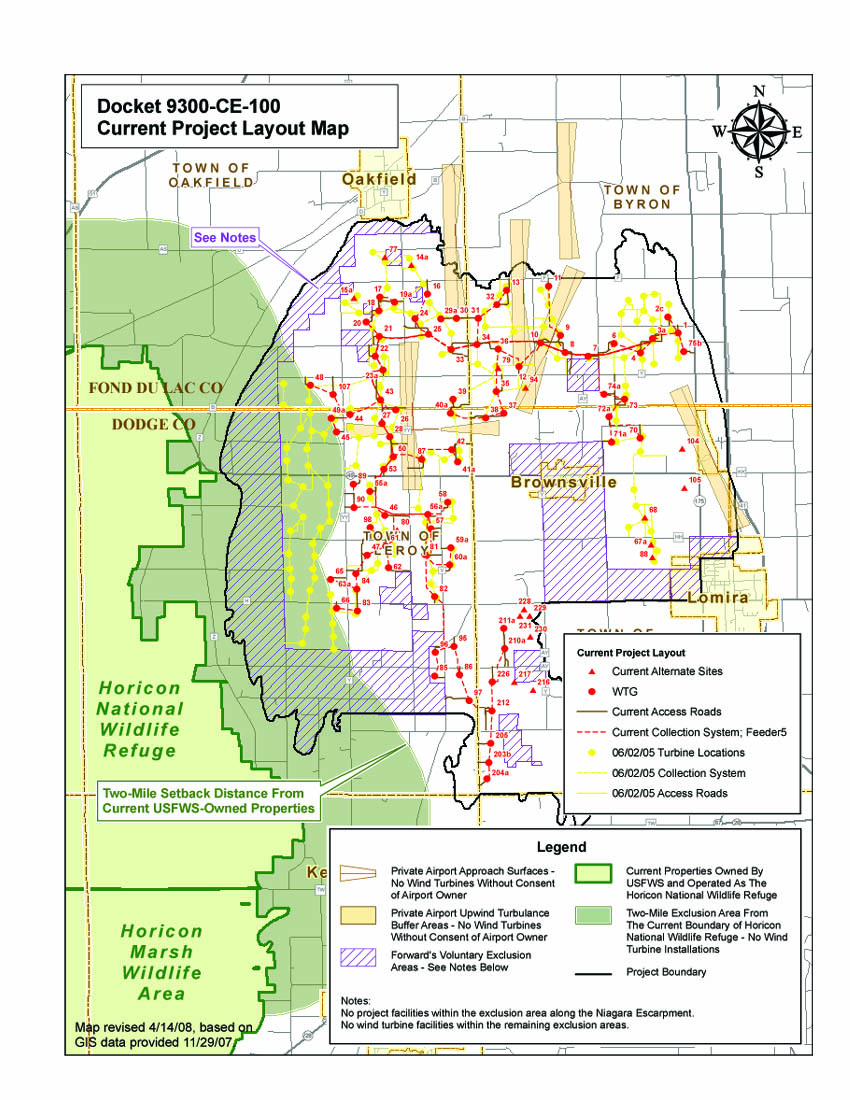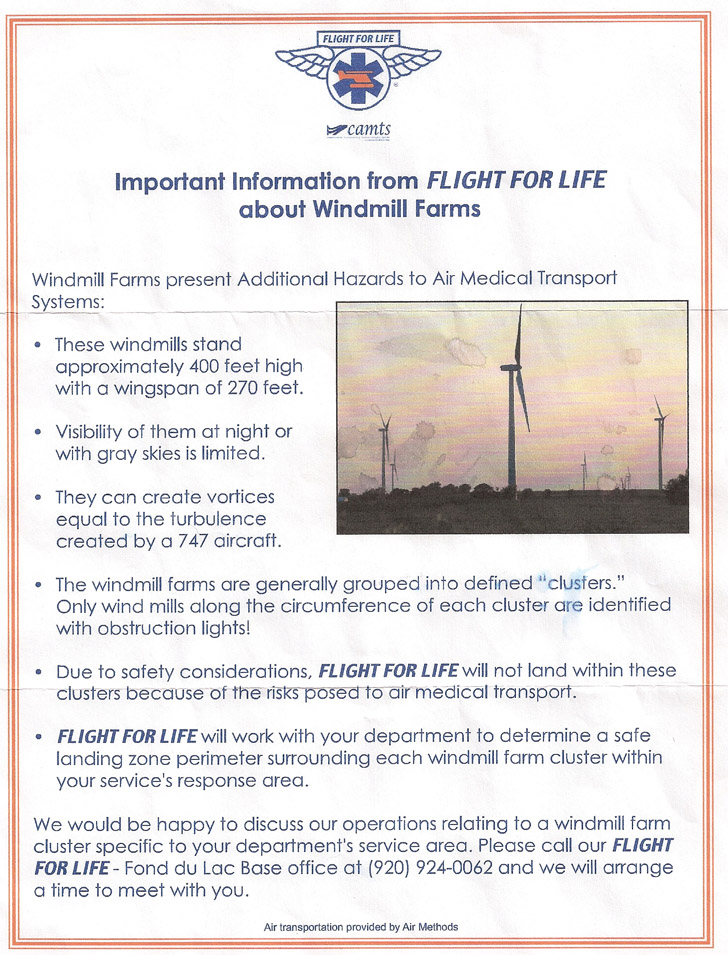H is for HELP!
400 Foot Wind Turbines and EMS helicopters

Why? The 400 foot turbines make it too dangerous.
Today we take a break from our look at the history and content of the Town of Union's Large Wind Ordinance to post this question and answer session with Ray Slavik EMS pilot, retired.
(CLICK HERE TO READ AT SOURCE)
The following is an excerpt from an interview with retired EMS pilot Ray Slavik was submitted to the Calumet County Ad Hoc Committee researching proposed ordinances governing the placement of wind turbines in the county.
CLICK HERE TO DOWNLOAD THE ENTIRE INTERVIEW
The interview provides important insight into controling an aircraft in the vicinity of utility-scale turbines.
Ray Slavik is a retired EMS Pilot who has flown for 20 Years as a pilot before retirement.
He is currently working as instructor for new helicopter pilots, checks pilot flight capabilities for insurance companies and completes pilot certification. He has also has a fixed wing pilots rating for both private and commercial aircraft.
He was employed as an EMS pilot in Buffalo New York for about 2 years, than transferred to work as a relief pilot through out WI.
Ray worked for Theda Clark Hospital as an EMS pilot for over 16 years making numerous EMS flights into and out of Calumet County before retirement. He has also served as a pilot for the search and rescue helicopter service in Green Bay and the surrounding counties.
We opened our conversation with Ray asking. "Why is this information important to you and who has asked to get this information?"
I explained to Ray that I am a Co-Chairman for the Township of Chilton's WES advisory committee and also a member of the Calumet County Ad Hoc committee appointed to help the county review and come up with information and recommendations on proposed Ordnances and any changes that may need to be made. I have been appointed by the Chairman of the Calumet County Board and also Chairman of the Ad Hoc committee to research the EMS flight information.
Do you feel that an EMS pilot would be able to land near a Large Wind Turbine if they shut them off?
Don't kid yourself, they will most likely not land anywhere in the County where these turbines are located, I have arrived at many accident scenes before the sheriffs dept. We (helicopter and crew) are often ¾ of the way to an accident scene before the sheriff's Department or other people in authority arrive on the scene. The 1st responders often make the first call and we are on the way. Time is the important issue and that is the reason for the EMS flights. The sooner we arrive for transport the better the chance of saving that life. Remember the reason we are there is to be able to transport the patient to the nearest Trauma Center as quickly as possible. If the patient needs to be transported by ground to a location free of Turbines or to the Calumet Medical Center instead of direct pick up from the accident scene valuable time is lost and that is what the EMS helicopter program is all about.
What are the EMS flight regulations for maximum altitude when flying into Calumet County because of all of the current air traffic?
EMS ceiling for Flight: they may go as high as 10,000 ft. Above that oxygen is needed, which is not carried on board. Current part 135 of the FAA regulations require ½ mile of ground visibility and a 300 foot ceiling. However the operation specifications for each flight program is usually higher than FAA minimums. If the visibility or ceiling falls below the operational specifications for that flight program the pilot cannot legally accept the flight.
A pilot would need a minimum of 500 feet above a known object to fly safely over it. So if an object is 500 feet tall an EMS helicopter would need to be 1,000 feet off the ground to fly over it. This would limit flights to days when there is a cloud ceiling of 1,000 feet or greater. The FAA regulations allow for flight with a ceiling of 300 feet, this would greatly limit the available days for Flights into and out of the Chilton Hospital.
Pilots are more comfortable flying over areas that they know obstruction heights day and night, however they are limited by their operation specifications on how low they can fly. Other factors depend on the type of weather such as low cloud ceiling verse rain, sleet or snow.
When flying VFR (Visual Flight Rules) in a helicopter it is important to have visual clues at all times. The books say that if you lose control of the helicopter because of clouds or visibility you would have about 20 seconds to gain control and fly by the instruments.
The flight weather reports are only good for 5 nautical mile radius of the airport which is giving out that information. As a pilot you don't know what may be out further in your route. You may leave knowing you have good flight data but the weather may change and push you closer and closer to the ground as you are flying.
I have often left my home base when the weather is ok but had to spend 3 to 5 hours on the ground waiting for a baby with health problems to be born so I can transport them to a neonatal center. Do you want to be the one who has to tell the parents why their child is going to die? Because you can't fly into an area anymore to safely pick them up.

What type of effect would this turbulence have on a helicopter?
Being that the lift is provided by the large overhead rotor, the tail rotor counteracts the torque of the main rotor which keep the aircraft flying straight Any interference with the tail rotor system could cause the aircraft to yaw left or right or even spin. Since it would be most affected by turbulence from the side of the aircraft, your corridor must be wide enough so that any turbulence side would not have any adverse affect on the tail rotor. If the turbulence did affect it, your aircraft would start to spin in rotation with the large overhead rotor causing a major loss of flight control. Turbulence will also affect the main rotor. It is this large rotor that provides the lift, but it does not do this by rotating on a level plan. The rotors flap as they rotate around the center or hub. It is this flapping that causes the lift that allows the helicopter to fly. If turbulence interferes with this it would cause the helicopter to lose it's lift and it's ability to remain in the air.
Enough turbulence will cause you to lose control of the aircraft.
What distance is needed to make a safe normal speed turn?
That would depend on several factors, on a clear day with very little wind a 30 degree bank turn may require only ¼ to ½ mile to make. But when you are affected by low visibility from a low cloud ceiling or it is night time you would be required to make a more gentle turn to keep from losing altitude and your visible horizon location. This would require that a maximum 20 degree banked turn be made. This turn would require at least a ½ mile of safe clearance to safely turn the aircraft around. Other factors such as bad weather conditions may require an even larger area.
If you get disorientated due to low visibility, low ceiling height and/or turbulence and you lose the horizon you have 20 seconds to get your craft under control or it will crash!
What other problems would these turbines present to an EMS pilot?
I have often used the (Night Sun light) on my helicopter to locate an obstacle or tower to be able to fly in close to make a safe landing or have safe passage around it. The problem with the Wind Turbine is the turbulence would not allow you to fly in close enough to use the (Night Sun light) to properly navigate and protect your own life, as well as those you are responsible for aboard your aircraft.
What about the way that the warning lights are designed on the Wind Turbines?
I have studied how these are placed in the FAA manuals and have a great concern about how these lights are place. They are placed at the top of the tower on the generator housing and than a blade can extend 100 to 200 feet beyond this without any lighting showing their maximum height. It would be impossible to make a safe passage through an area where there could be 50 or 100 of these Wind Turbines. So it could become a no fly zone for on the scene EMS helicopter services. This would limit EMS helicopter transports through such an area. This same problem would happen if a low cloud ceiling height did not provide enough safe clearance over the rotor tips. I would say this would require at least 500 to 600 feet of clearance above the rotor tips...
What would be your prespective on this issue?
I would compare this to my experience of many on site EMS helicopter transports from rural car accidents scenes.
Often when you have an uncontrolled intersection in the country and there are a series of accidents there, you will then turn around and put up a stop sign to solve the problem. I have been unable to find any data that supports the fact that these Turbines would not cause any problems, so think about putting up that stop sign before the accident happens.
Look at protecting what you currently have as far as the EMS services are concerned.
With the information that you have been provided on the current size and type of wind turbine, what would you consider to be a safe travel corridor width needed to allow for the EMS helicopter service to safely fly to and from Calumet Memorial Hospital?
One Nautical Mile would be to narrow. It would not allow for safe flight path even down the middle because of the influence of turbulence created by the Wind Turbines on either side. Even without the influence that air turbulence would have on the aircraft. You must provide room for safe travel, as well as to allow for a safe normal speed turn to be made. I would say that a clear flight path corridor should be a minimum of 1 ½ nautical miles, with 2 miles being the preferred distance.

